Wherever You Are, Whenever You Need It—
Notarization, Made Simple & Secure
real aloha notary services
Notarization made simple—no travel, no hassle. Get legally recognized Remote Online Notarization (RON) nationwide.
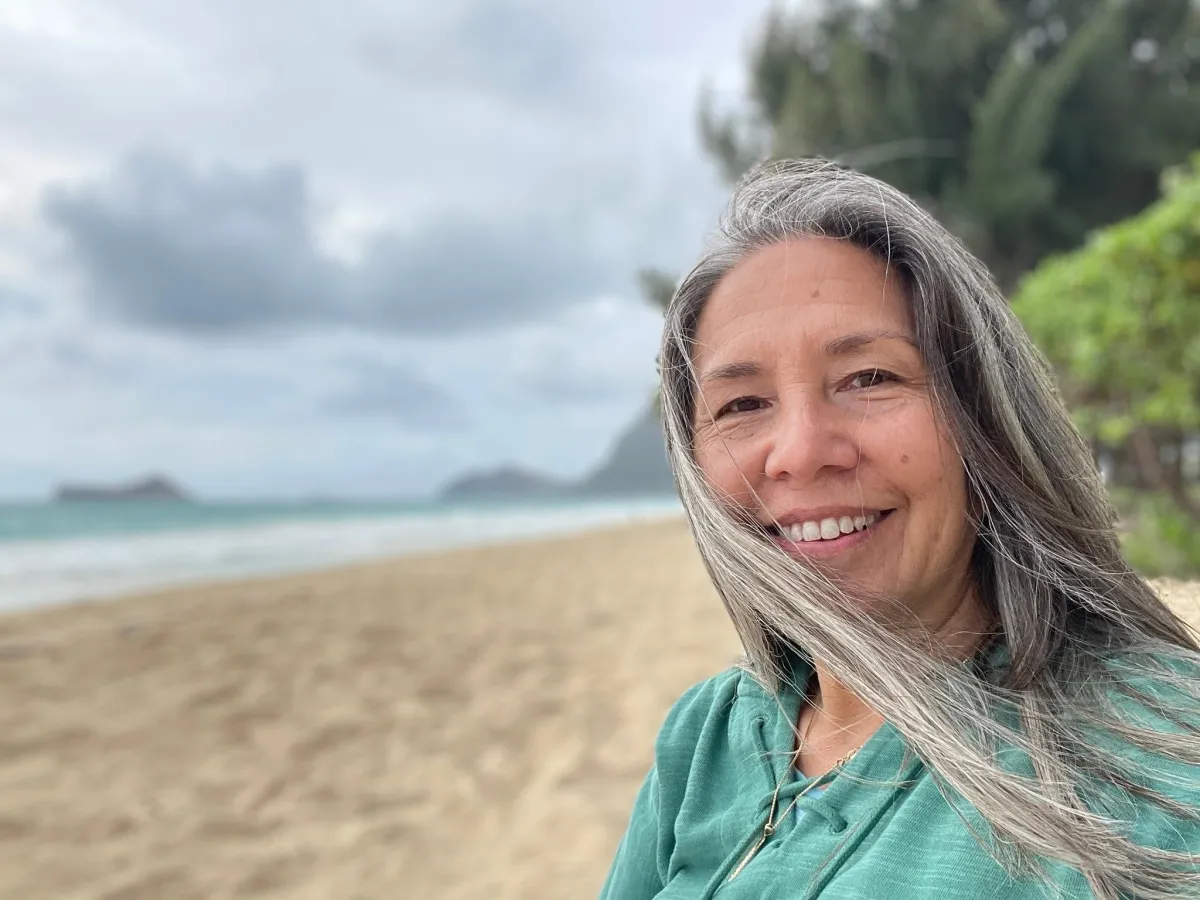
HOW IT WORKS
Upload Your Document: Prepare your document for notarization.
Verify Your Identity: Use a government-issued ID for verification.
Connect with a Notary: Join a secure online session to complete the notarization.
plan your
sunset season
without relying on traditional family support
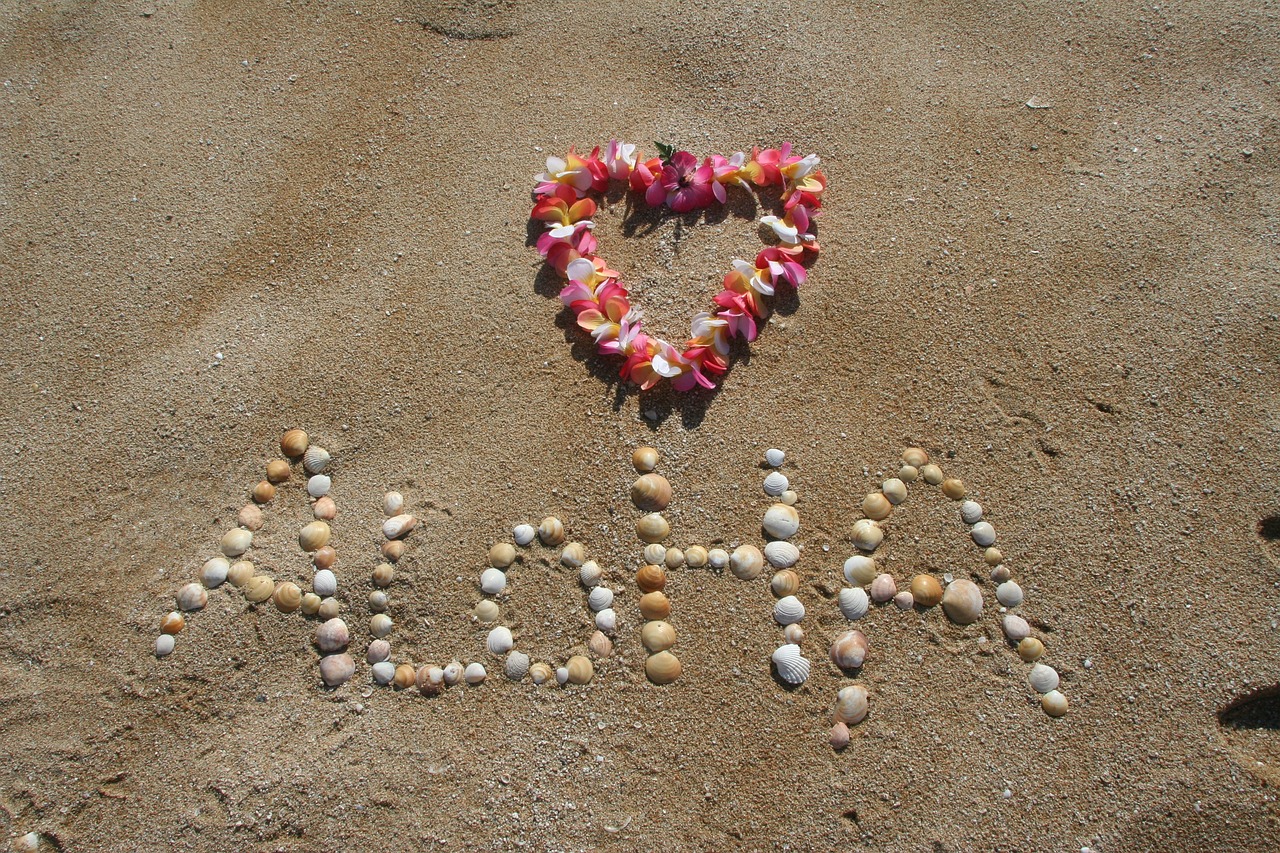
Even the most confident decision makers are thinking:
I'm retired, now what?
Get The Remote Online Notarization Checklist -
Everything You Need Before You Sign
Avoid delays, mistakes, and last-minute stress—this Remote Online Notarization Checklist ensures you have everything ready before you sign. Whether you're handling legal documents, real estate transactions, or personal agreements, this guide will help you stay prepared, organized, and confident in the notarization process.
Know exactly what documents you need
Avoid common mistakes that slow down the process
Ensure a smooth, secure, and hassle-free notarization
Download now and get notarization done right the first time!
Get My Top 25 Checklist For What You Need To Do Now To Enjoy Your Sunset Season Living Real Aloha!
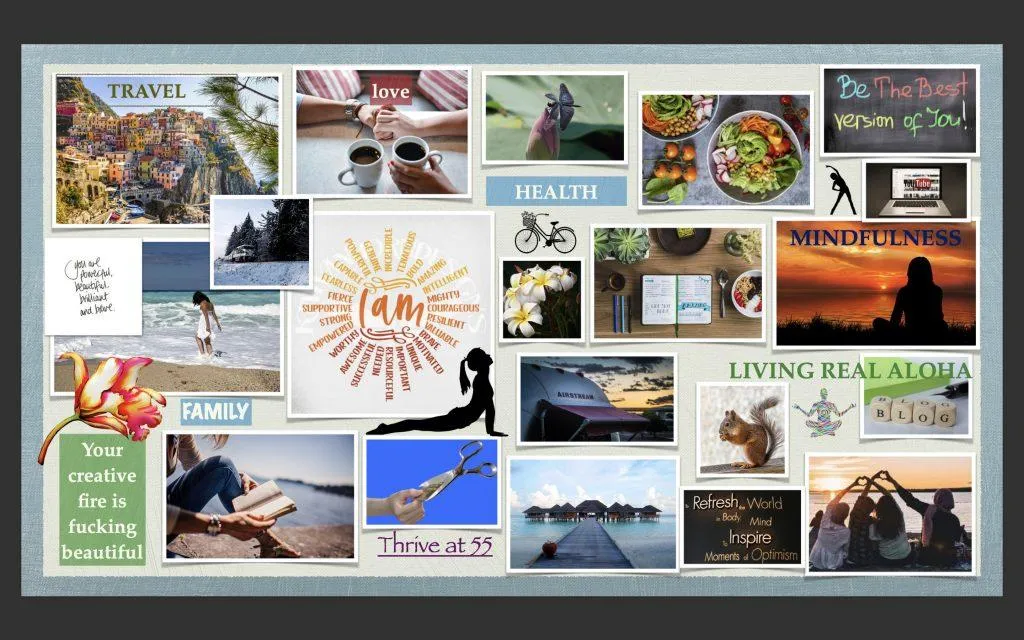
No more stress and frustration trying to get important documents notarized—Remote Online Notary (RON) makes it fast, easy, and convenient so you can move forward with confidence!
Never depend on your family to "just know"
how you want to spend your sunset season!
Never depend on your family to
"just know"
how you want to spend your
sunset season!
Never depend on your family to "just know"
how you want to spend your sunset season!

Remote Online Notary
(Available Nationwide)
No time to wait...need help today?
Notarize documents remotely—anytime, anywhere!
✔ Legally recognized and fully secure with encryption
✔ Perfect for powers of attorney, healthcare directives, real estate, and more
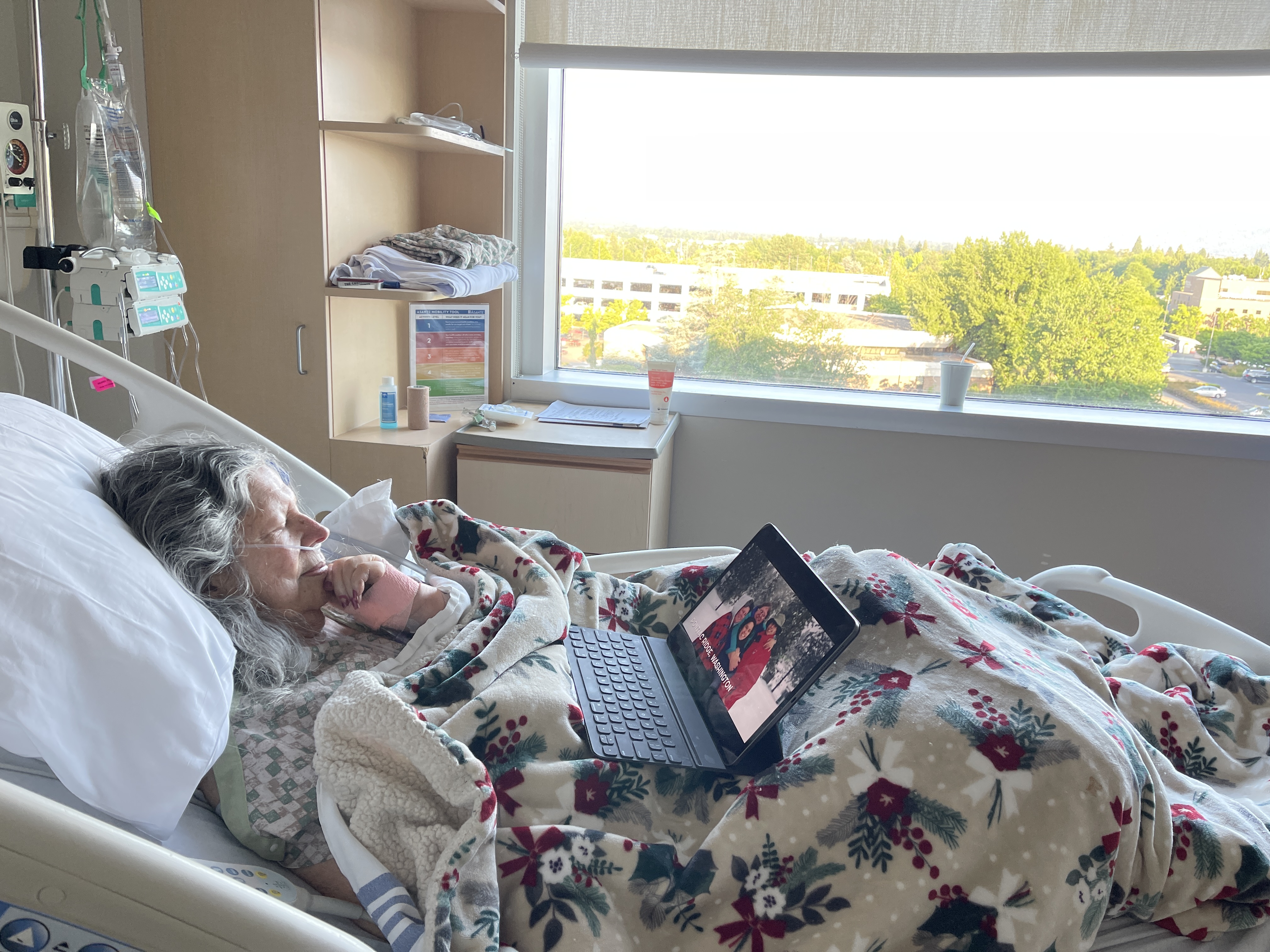
Mobile notary (in oregon only)
✔ In-person notarization for documents that require physical presence
✔ Available at your home, office, or another convenient location
✔ By appointment only—flexible scheduling in Oregon
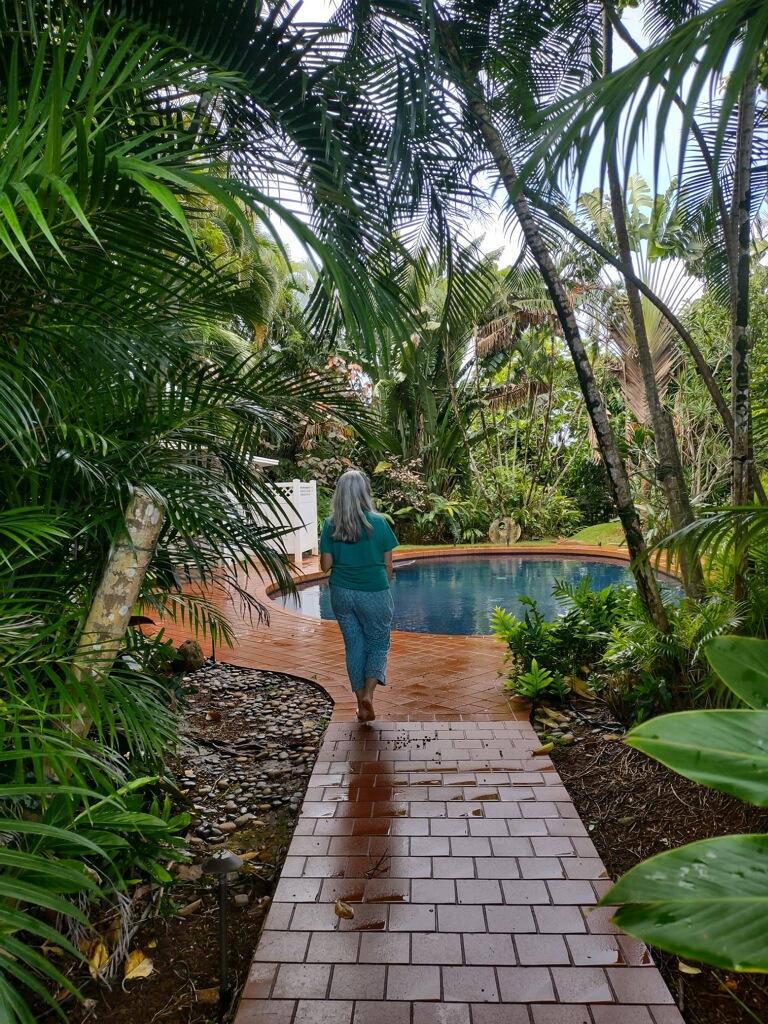
Beyond Notary—living real Aloha blog
Living Real Aloha is more than notarization—it’s about embracing life’s moments, travel, and connection.
In case we haven't met yet...
I'm Heidi Coleman
Remote Online Notary
I make notarization quick, secure, and convenient with Remote Online Notarization (RON)—
so you can sign important documents from anywhere, anytime, without the hassle of travel or long wait times.
Use this area to tell your story. Talk about your failure when you first started looking for a solution. Maybe there was a conspiracy against you, a false belief, a misunderstanding.
Real Aloha Notary Services
Notarization Made Simple
Life’s big moments often come with paperwork, but that doesn’t mean it has to be stressful. At Real Aloha Notary Services, I make notarization easy, accessible, and hassle-free—so you can focus on what matters most.
I’m Heidi, and I know firsthand how overwhelming legal documents can feel, especially when juggling life’s responsibilities. That’s why I offer Remote Online Notarization (RON) and Mobile Notary Services (Oregon only)—giving you a quick, secure, and convenient way to handle important paperwork without the extra stress.
✔ No travel, no waiting—just seamless online notarization from anywhere.
✔ Flexible scheduling that fits your busy life.
✔ Professional, efficient, and handled with care and respect.
Whether you need a power of attorney, healthcare directive, or other critical documents notarized, I’m here to make the process smooth, secure, and stress-free.
Let’s get this done—Schedule your notary service today!

As Seen In:

STRAIGHT FROM OUR HAPPY CUSTOMERS
This is an incredible testimonial that specifically overcomes a common objection, and this is the main point of the testimonial.
Mauris ac vestibulum nibh, quis euismod velit. Mauris sodales tincidunt ex vitae viverra. Nunc neque eros, convallis. Mauris sodales tincidunt ex.
Jane Awesome, Acme, Co.

Now on the living real aloha Blog...
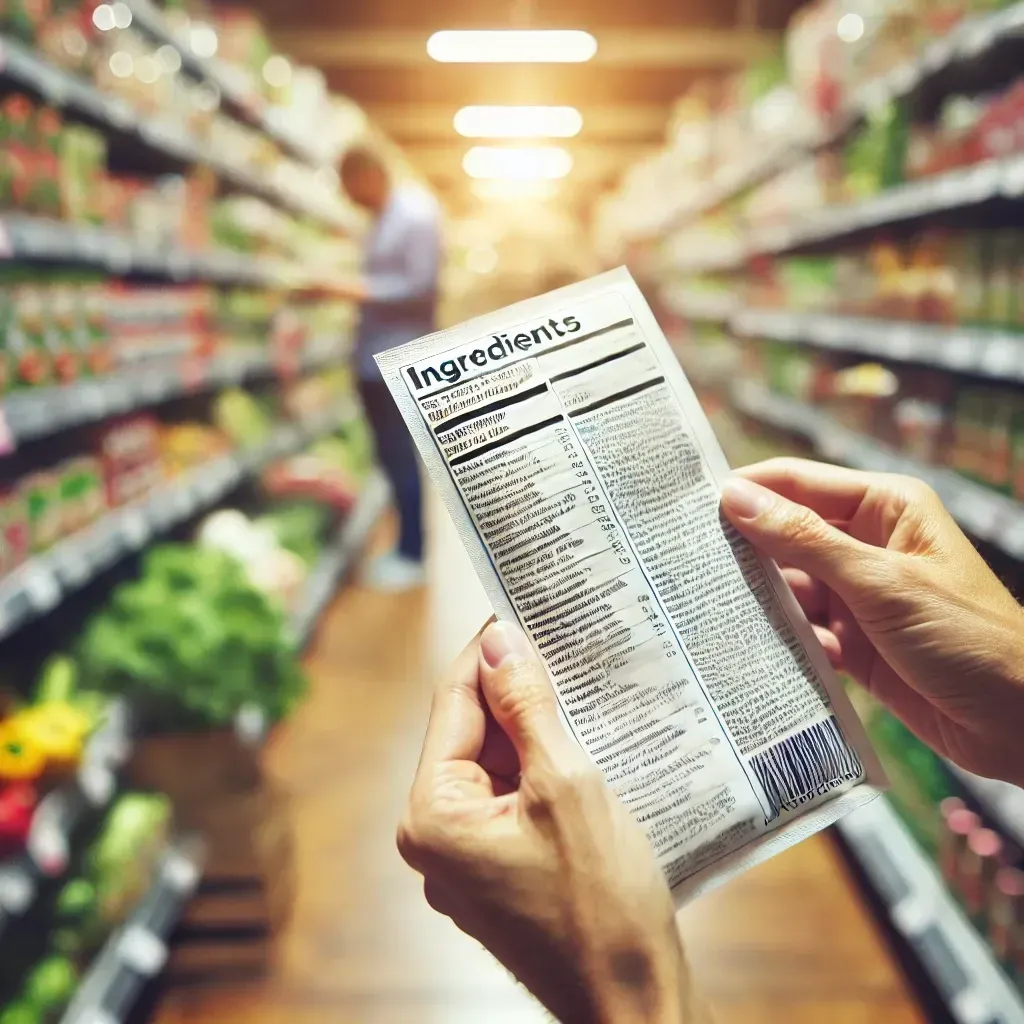
Food Labels Are Like Contracts—Here’s Why You Should Read the Fine Print
If someone handed you a contract, you wouldn’t just glance at the title and sign it without reading the details.
You’d check the fine print, make sure everything was clear, and look for anything misleading.
But when it comes to food labels?
Most of us trust the front of the package—without looking deeper.
And that’s exactly where we get misled.
What I’ve Learned from Reading Food Labels
I’ve always considered myself fairly mindful about what I eat, but I never really read food labels—until I started attending a free weekly class on Live Lifestyle Medicine (www.livelifestylemedicine.com).
I’m so grateful to be learning this. Times are changing, costs are going up, and it’s more important than ever to get the best nutrition possible from the food I choose.
This class focuses on whole, plant-based foods and is available in-person and online. Anyone can check out their website for the schedule—it’s free, and I can’t recommend it enough!
Beyond what I thought I knew, these lessons have made me more selective (or maybe intentional?) about my food choices. Now, I focus on nutrient-dense, real foods rather than trusting marketing claims.
Here are the biggest lessons I’ve learned about reading food labels.
Regulations Are Changing—Why This Matters More Than Ever
Something I’ve been thinking about more lately is how food labeling regulations are shifting.
As government agencies change, get downsized, or amend policies, food manufacturers may no longer be required to disclose everything in the same way they once did.
This could mean:
Loosening requirements on how ingredients are listed
Less oversight on food additives and processing
More room for vague or misleading marketing claims
It’s something to be aware of.
This makes learning to read labels even more important—because if we can’t count on regulations to keep food companies transparent, we have to be proactive about knowing what we’re eating.
1. The Ingredients List Tells the Truth
Forget the flashy claims on the front. The real story is in the ingredients list.
Shorter is better. The fewer ingredients, the less processed the food.
First ingredients matter. If sugar or processed oils are at the top, that’s what you’re really eating.
Hidden sugars have many names. Corn syrup, dextrose, cane juice—all just different names for sugar.
What I realized: That “healthy” granola bar I used to buy? It had seven different types of sugar. Now, I check labels before I buy.
2. Serving Sizes Can Be Misleading
A small package may have multiple servings. That bottle of juice might look like one serving, but check again—it might be three.
Some companies shrink serving sizes to make calorie and sugar content seem lower.
What I realized: I thought I was making a good choice with protein bars—until I noticed that some had 2.5 servings per bar, meaning way more sugar and calories than I thought.
3. “Healthy” Buzzwords Don’t Mean Much
Food companies know what words we want to see.
"Natural" – Not regulated. A product can contain preservatives, artificial flavors, and additives and still say “natural.”
"Low-fat" or "Fat-free" – Often means extra sugar or artificial ingredients to make up for lost flavor.
"Whole grain" – Unless it says 100% whole grain, it could still contain refined flour.
"No added sugar" – Doesn’t mean sugar-free; it may still contain fruit juice concentrates or artificial sweeteners.
What I realized: I once bought a “heart-healthy” cereal that was full of artificial colors and preservatives. Now, I go straight to the ingredients list.
4. Sodium and Additives Are Sneaky
Many packaged foods (even ones that don’t taste salty) are loaded with sodium—especially canned soups, frozen meals, and sauces.
Some preservatives and artificial colors can affect digestion, energy, and overall health.
If there are a lot of unpronounceable ingredients, it’s worth questioning if it belongs in your body.
What I realized: I used to think fast-food salads were a healthy option—until I checked the label and saw they had as much sodium as a burger and fries!
5. Your Body Is the Best Judge
The FDA’s nutrition facts give some information, but they don’t tell the whole story.
Your body does.
How do you feel after eating certain foods? Energized? Sluggish?
Are you full and satisfied, or craving more?
Does this food support how you want to feel?
Reading labels isn’t about being perfect. It’s about being aware—so you can make choices that align with how you want to feel.
Beyond the Label: Living Real Aloha in the Kitchen
For me, Living Real Aloha means:
Approaching food with curiosity, not fear.
Making choices with intention, not restriction.
Practicing gratitude, not guilt.
It’s not about eating perfectly. It’s about eating with awareness.
And that awareness? It’s empowering.
Because when we fuel our bodies in a way that feels aligned, we show up better—for ourselves, our families, our work, and our lives.
Final Reflection: The Power of Paying Attention
I used to trust marketing over labels.
Now, I trust labels over marketing—and more importantly, I trust how I feel.
Would you sign a contract without reading it?
If not, then don’t trust a food label at face value either.
Because what you put in your body matters.
And you deserve to know exactly what you’re saying “yes” to.
EXPLAIN YOUR AMAZING CONTENT
Awesome Content Here

Mauris ac vestibulum nibh, quis euismod velit. Mauris sodales tincidunt ex vitae viverra. Nunc neque eros, convallis vel eros id, molestie bibendum neque.
EXPLAIN YOUR AMAZING CONTENT
Awesome Content Here

Mauris ac vestibulum nibh, quis euismod velit. Mauris sodales tincidunt ex vitae viverra. Nunc neque eros, convallis vel eros id, molestie bibendum neque.
EXPLAIN YOUR AMAZING CONTENT
Awesome Content Here

Mauris ac vestibulum nibh, quis euismod velit. Mauris sodales tincidunt ex vitae viverra. Nunc neque eros, convallis vel eros id, molestie bibendum neque.
Mauris ac vestibulum nibh, quis euismod velit. Mauris sodales tincidunt ex vitae viverra. Nunc neque eros, convallis vel eros id, molestie bibendum neque.
Mauris ac vestibulum nibh, quis euismod velit. Mauris sodales tincidunt ex vitae viverra. Nunc neque eros, convallis vel eros id, molestie bibendum neque.
Mauris ac vestibulum nibh, quis euismod velit. Mauris sodales tincidunt ex vitae viverra. Nunc neque eros, convallis vel eros id, molestie bibendum neque.
EXPLAIN YOUR AMAZING CONTENT
Awesome Content Here
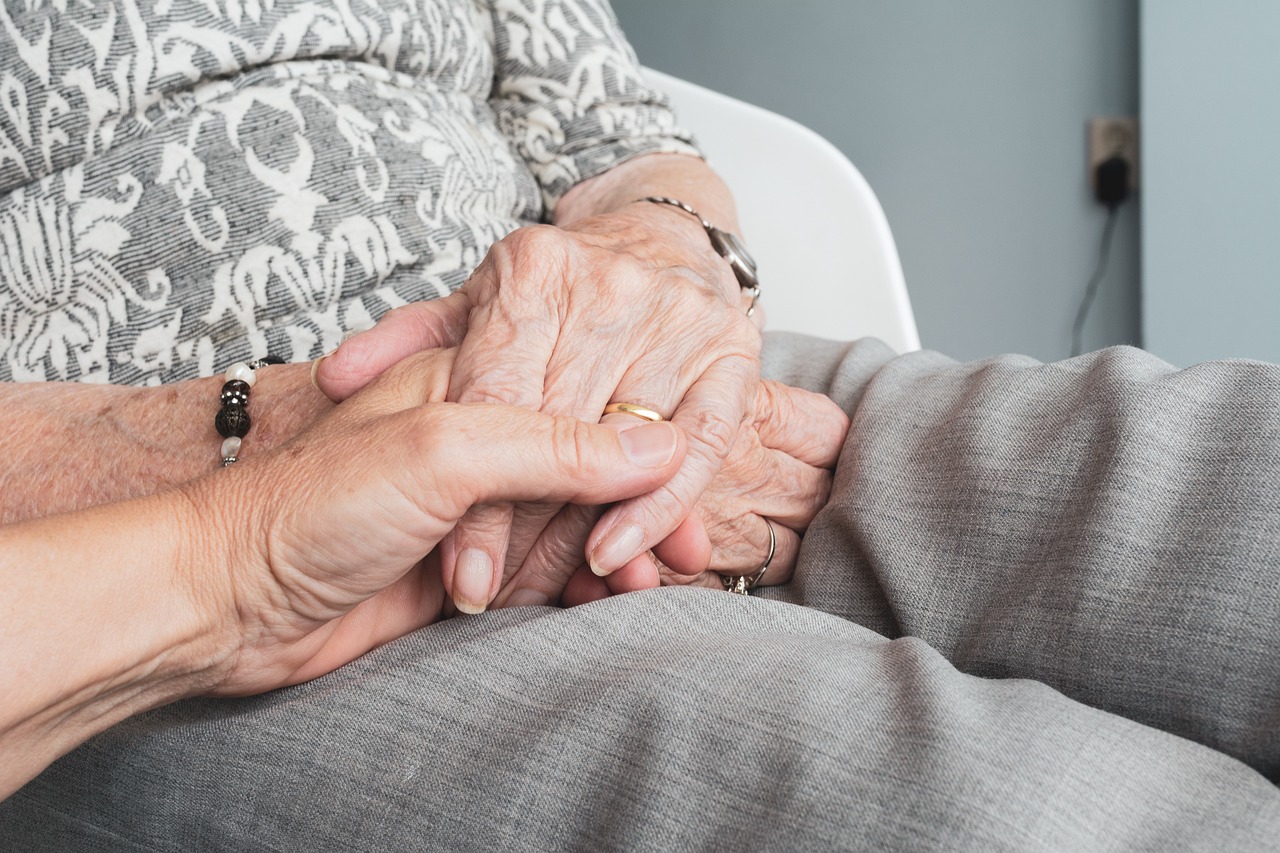
Mauris ac vestibulum nibh, quis euismod velit. Mauris sodales tincidunt ex vitae viverra. Nunc neque eros, convallis vel eros id, molestie bibendum neque.
EXPLAIN YOUR AMAZING CONTENT
Awesome Content Here

Mauris ac vestibulum nibh, quis euismod velit. Mauris sodales tincidunt ex vitae viverra. Nunc neque eros, convallis vel eros id, molestie bibendum neque.
EXPLAIN YOUR AMAZING CONTENT
Awesome Content Here

Mauris ac vestibulum nibh, quis euismod velit. Mauris sodales tincidunt ex vitae viverra. Nunc neque eros, convallis vel eros id, molestie bibendum neque.
Mauris ac vestibulum nibh, quis euismod velit. Mauris sodales tincidunt ex vitae viverra. Nunc neque eros, convallis vel eros id, molestie bibendum neque.
Mauris ac vestibulum nibh, quis euismod velit. Mauris sodales tincidunt ex vitae viverra. Nunc neque eros, convallis vel eros id, molestie bibendum neque.
Mauris ac vestibulum nibh, quis euismod velit. Mauris sodales tincidunt ex vitae viverra. Nunc neque eros, convallis vel eros id, molestie bibendum neque.

Food Labels Are Like Contracts—Here’s Why You Should Read the Fine Print
If someone handed you a contract, you wouldn’t just glance at the title and sign it without reading the details.
You’d check the fine print, make sure everything was clear, and look for anything misleading.
But when it comes to food labels?
Most of us trust the front of the package—without looking deeper.
And that’s exactly where we get misled.
What I’ve Learned from Reading Food Labels
I’ve always considered myself fairly mindful about what I eat, but I never really read food labels—until I started attending a free weekly class on Live Lifestyle Medicine (www.livelifestylemedicine.com).
I’m so grateful to be learning this. Times are changing, costs are going up, and it’s more important than ever to get the best nutrition possible from the food I choose.
This class focuses on whole, plant-based foods and is available in-person and online. Anyone can check out their website for the schedule—it’s free, and I can’t recommend it enough!
Beyond what I thought I knew, these lessons have made me more selective (or maybe intentional?) about my food choices. Now, I focus on nutrient-dense, real foods rather than trusting marketing claims.
Here are the biggest lessons I’ve learned about reading food labels.
Regulations Are Changing—Why This Matters More Than Ever
Something I’ve been thinking about more lately is how food labeling regulations are shifting.
As government agencies change, get downsized, or amend policies, food manufacturers may no longer be required to disclose everything in the same way they once did.
This could mean:
Loosening requirements on how ingredients are listed
Less oversight on food additives and processing
More room for vague or misleading marketing claims
It’s something to be aware of.
This makes learning to read labels even more important—because if we can’t count on regulations to keep food companies transparent, we have to be proactive about knowing what we’re eating.
1. The Ingredients List Tells the Truth
Forget the flashy claims on the front. The real story is in the ingredients list.
Shorter is better. The fewer ingredients, the less processed the food.
First ingredients matter. If sugar or processed oils are at the top, that’s what you’re really eating.
Hidden sugars have many names. Corn syrup, dextrose, cane juice—all just different names for sugar.
What I realized: That “healthy” granola bar I used to buy? It had seven different types of sugar. Now, I check labels before I buy.
2. Serving Sizes Can Be Misleading
A small package may have multiple servings. That bottle of juice might look like one serving, but check again—it might be three.
Some companies shrink serving sizes to make calorie and sugar content seem lower.
What I realized: I thought I was making a good choice with protein bars—until I noticed that some had 2.5 servings per bar, meaning way more sugar and calories than I thought.
3. “Healthy” Buzzwords Don’t Mean Much
Food companies know what words we want to see.
"Natural" – Not regulated. A product can contain preservatives, artificial flavors, and additives and still say “natural.”
"Low-fat" or "Fat-free" – Often means extra sugar or artificial ingredients to make up for lost flavor.
"Whole grain" – Unless it says 100% whole grain, it could still contain refined flour.
"No added sugar" – Doesn’t mean sugar-free; it may still contain fruit juice concentrates or artificial sweeteners.
What I realized: I once bought a “heart-healthy” cereal that was full of artificial colors and preservatives. Now, I go straight to the ingredients list.
4. Sodium and Additives Are Sneaky
Many packaged foods (even ones that don’t taste salty) are loaded with sodium—especially canned soups, frozen meals, and sauces.
Some preservatives and artificial colors can affect digestion, energy, and overall health.
If there are a lot of unpronounceable ingredients, it’s worth questioning if it belongs in your body.
What I realized: I used to think fast-food salads were a healthy option—until I checked the label and saw they had as much sodium as a burger and fries!
5. Your Body Is the Best Judge
The FDA’s nutrition facts give some information, but they don’t tell the whole story.
Your body does.
How do you feel after eating certain foods? Energized? Sluggish?
Are you full and satisfied, or craving more?
Does this food support how you want to feel?
Reading labels isn’t about being perfect. It’s about being aware—so you can make choices that align with how you want to feel.
Beyond the Label: Living Real Aloha in the Kitchen
For me, Living Real Aloha means:
Approaching food with curiosity, not fear.
Making choices with intention, not restriction.
Practicing gratitude, not guilt.
It’s not about eating perfectly. It’s about eating with awareness.
And that awareness? It’s empowering.
Because when we fuel our bodies in a way that feels aligned, we show up better—for ourselves, our families, our work, and our lives.
Final Reflection: The Power of Paying Attention
I used to trust marketing over labels.
Now, I trust labels over marketing—and more importantly, I trust how I feel.
Would you sign a contract without reading it?
If not, then don’t trust a food label at face value either.
Because what you put in your body matters.
And you deserve to know exactly what you’re saying “yes” to.
EXPLORE
ON SOCIAL

EXPLORE
ON SOCIAL
Facebook
Instagram
Pinterest
Youtube
© LivingRealAloha.com - All Rights Reserved - Terms & Conditions - Original Site by Hayden Digital Group/FGFunnels; 2025 Update by Living Real Aloha

